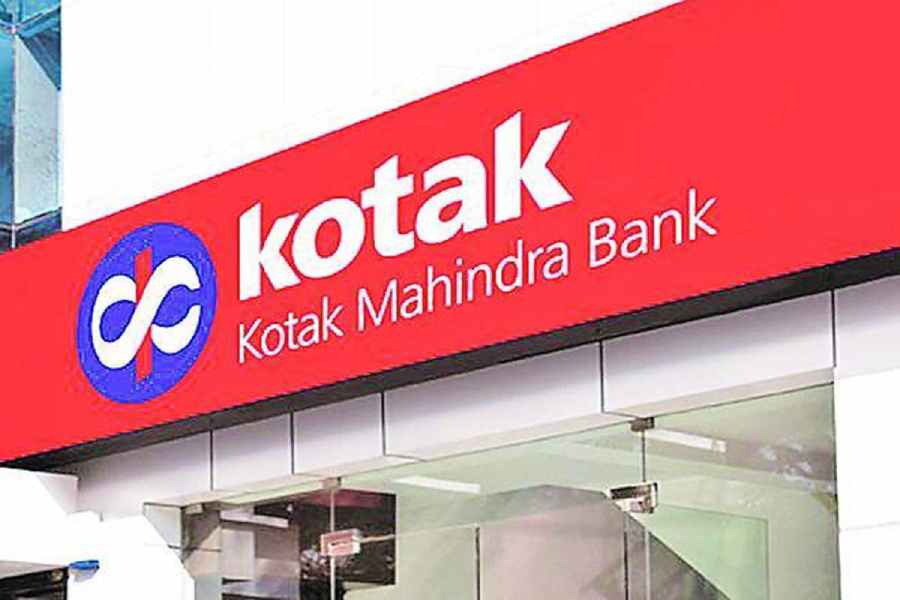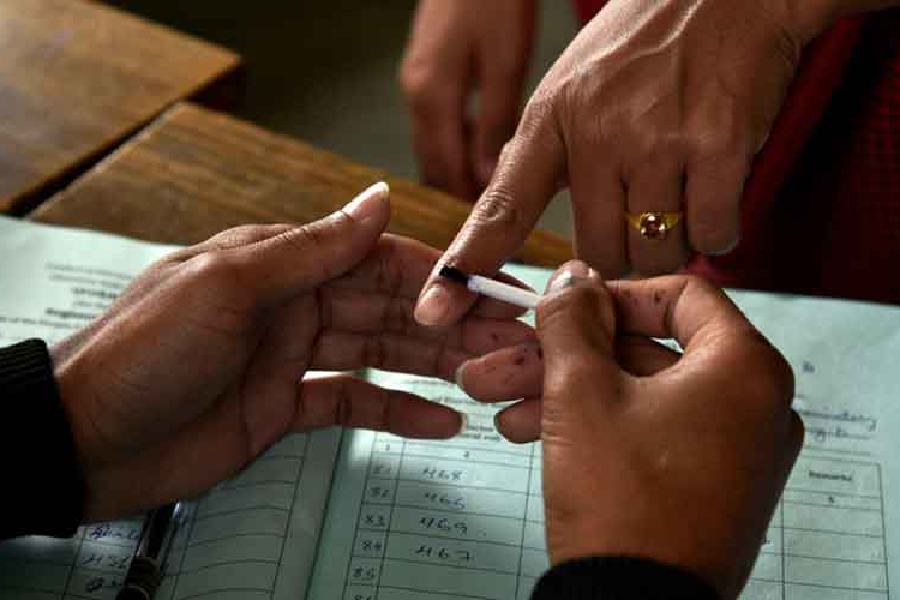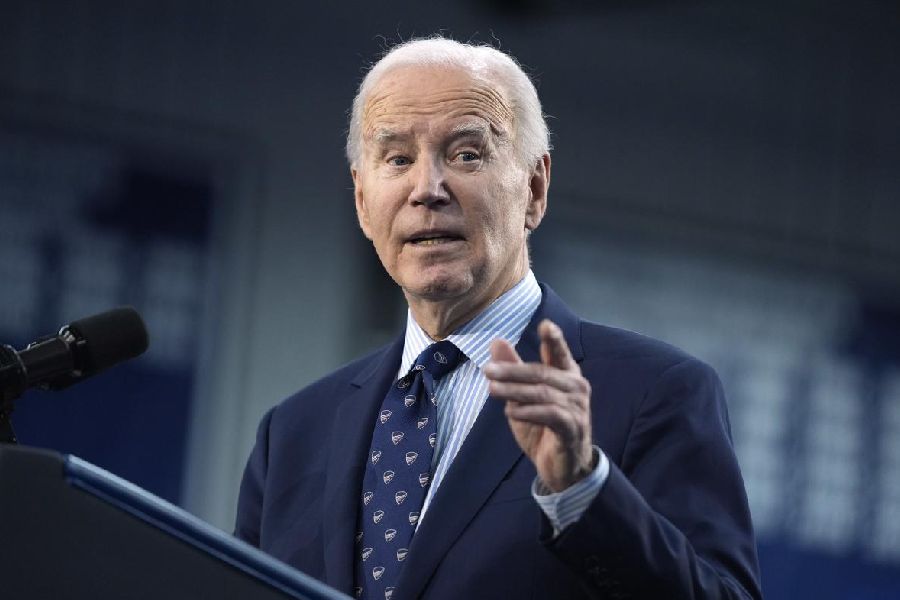The Karimganj district administration, the BSF and Patkai Trekker, an NGO, on Wednesday paid rich tributes to Indian sepoys who died at Malegarh in the 1857 mutiny to keep their memories alive and popularise the site as a tourist destination.
Malegarh, located on the India-Bangladesh border, is around 20km from Karimganj town.
The Sepoy Mutiny is called India’s “First war of Independence”, but the incidents at Malegarh along the border never got any mention in history books.
Altogether 26 sepoys of the 34th Native Infantry, the battalion responsible for the mutiny, were killed in a battle against another British regiment at Malegarh.
Members of the NGO unfurled the Tricolour at the site for the first time in 2011.
The Karimganj district administration has preserved a pistol, two swords and three canons used by the sepoys. The programme started with floral tributes to the sepoys. It was attended by deputy commissioner Anbamuthan, Manish Kumar of the BSF, circle officer Ramesh Deka and former MLA Nishith Das among others.
On December 18, 1857, the sepoys of the 34th Native Infantry in Chittagong (now in Bangladesh) revolted by breaking prison locks. They freed the inmates, looted the armoury and the treasury and set the army barrack on fire.
Next day, in the early hours, they left Chittagong for Manipur. On their way, they halted at Karimpur of Shahbazpur Pargana near Latu police station.
On getting information about the position of the sepoys, 160 soldiers of East India Company, under the commandant of Sylhet Light Infantry Maj. Byng, marched towards Latu and confronted the sepoys at Malegarh. In the battle, 26 sepoys of the 34th Native Infantry and five soldiers of the Company, including Maj. Byng, were killed. The dead were buried at Malegarh.
Arup Roy, one of the conveners of Patkai Trekker, said they were trying their best to give the site the tag of a tourist spot. The NGO demanded inclusion of the history of the revolt in school curricula. Roy added that construction of a boundary wall at the spot is the first step towards making Malegarh a tourist destination.










